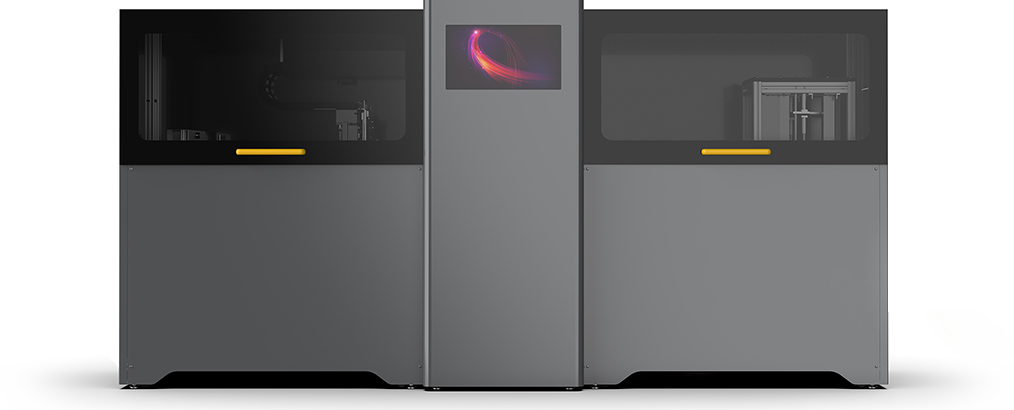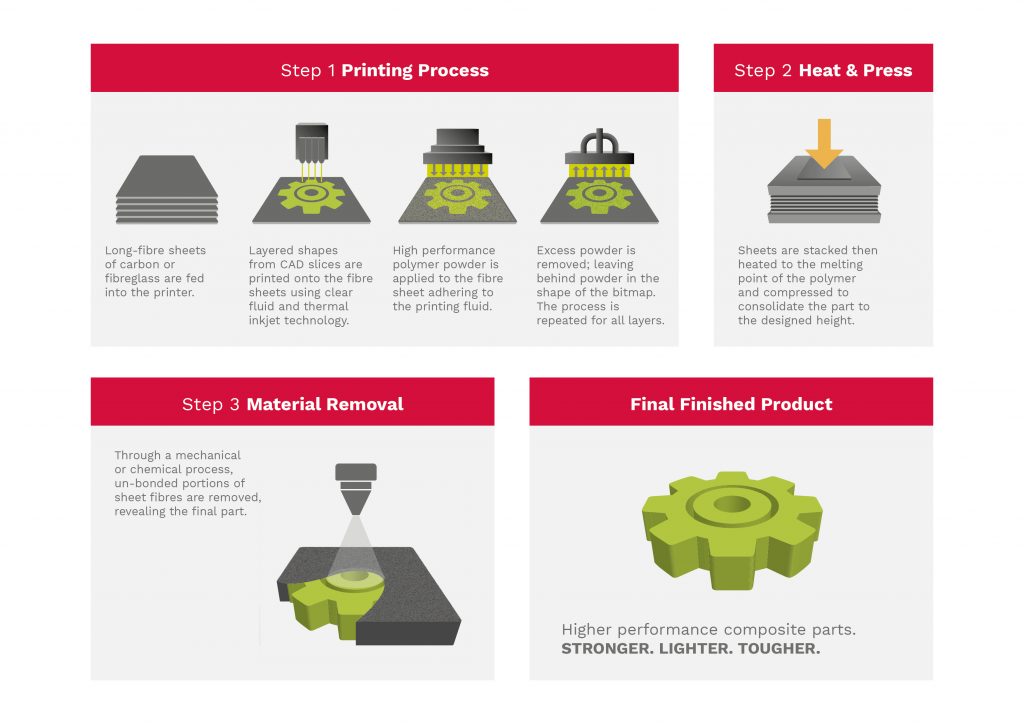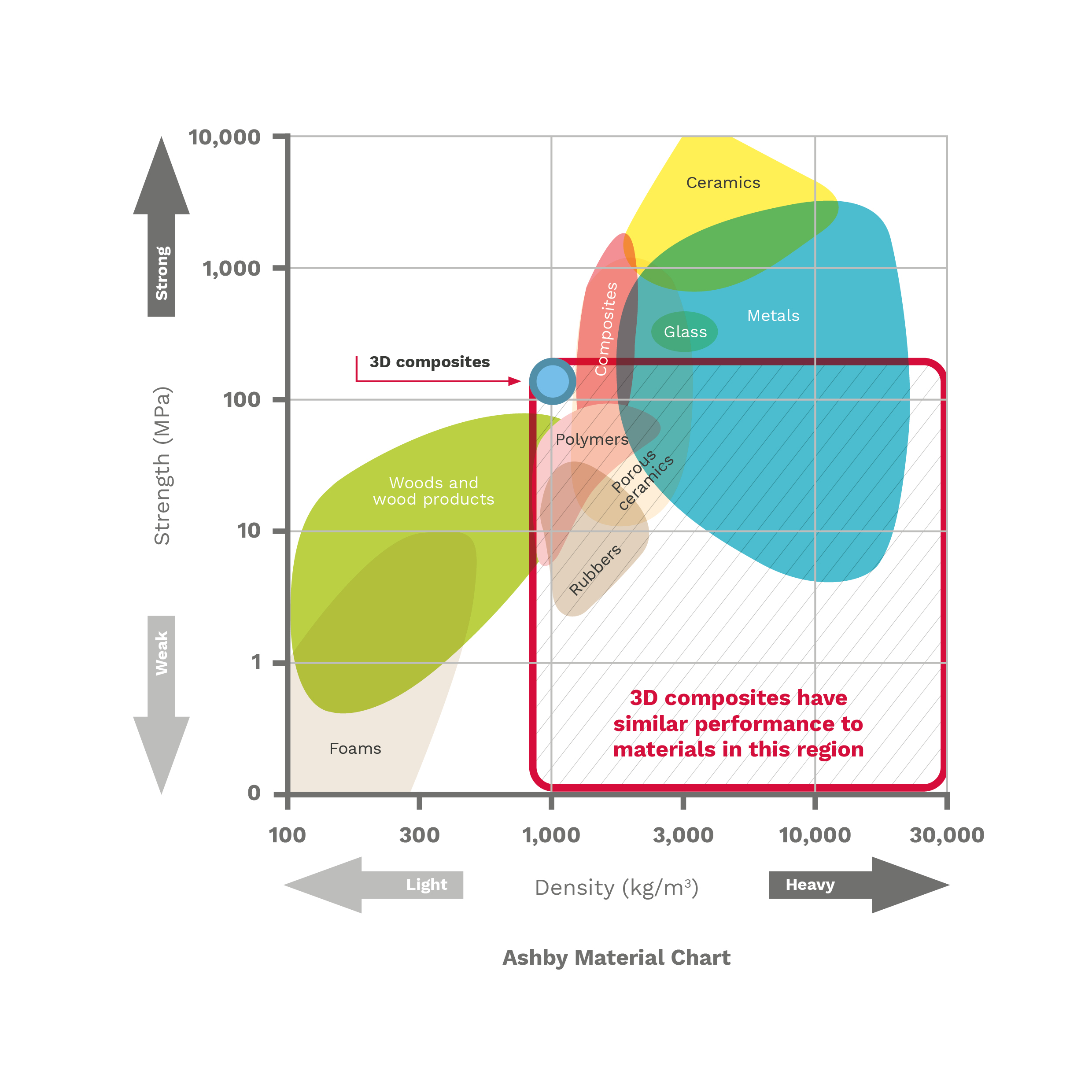Composite-based additive manufacturing technology is the only process that combines long-fibre fabrics of carbon with high performance polymer powders to make long fibre composite parts.
How does powder-based composite 3D printing work?
The technology uses high-speed inkjet printing methods to produce high-performance composite parts without tooling or messy resins.
Click to enlarge
Powder-based 3D composite produces some of the stiffest, strongest, toughest composites available.
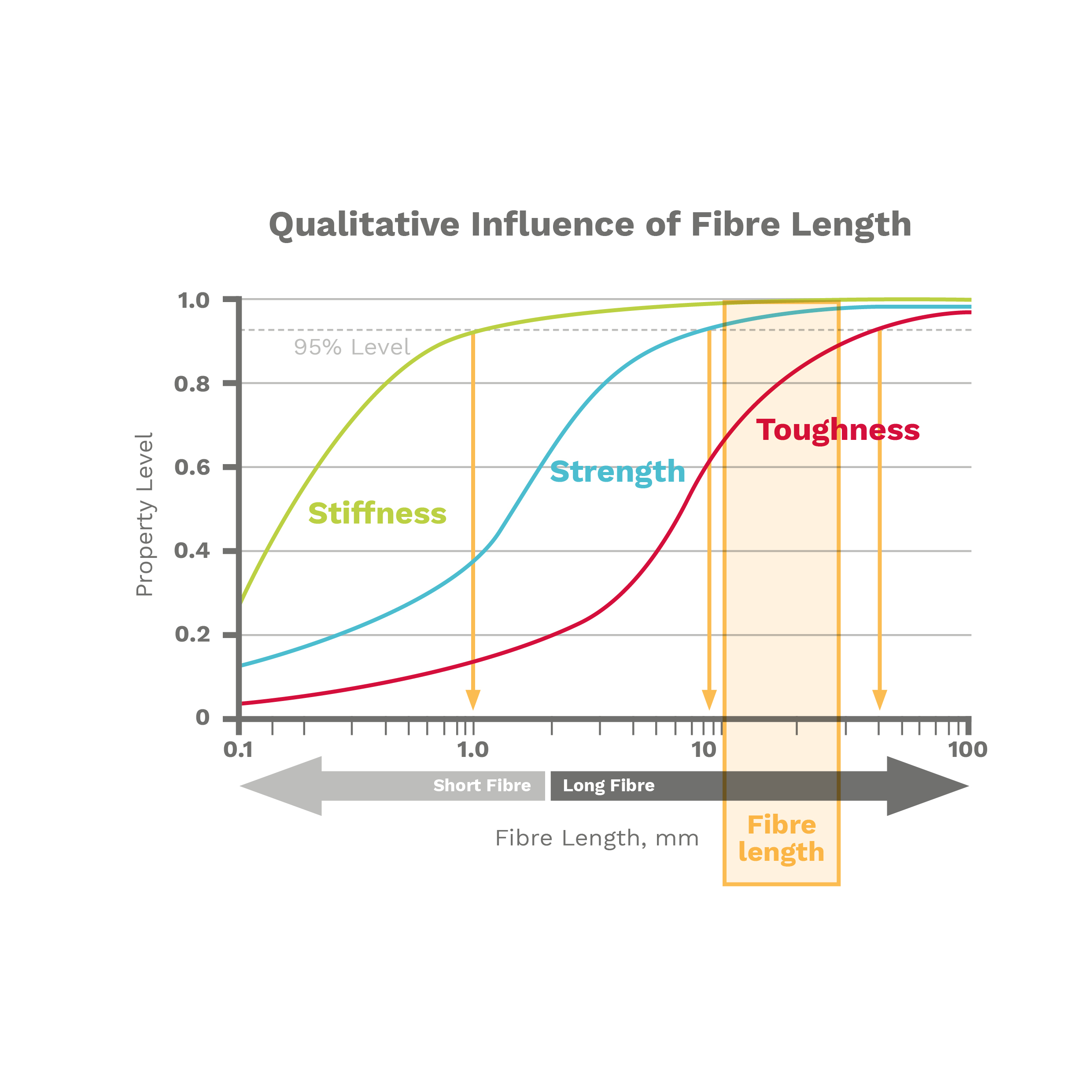
Click to enlarge
Powder-based 3D composite can replace a variety of materials in a wide range of applications.
Click to enlarge
Use Cases
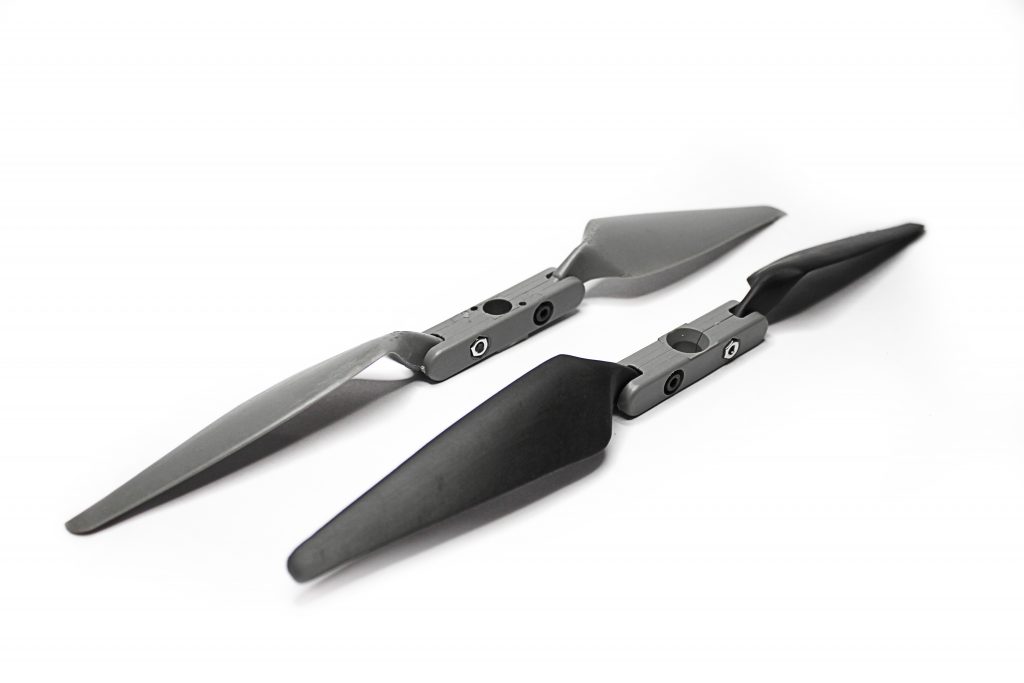
Unmanned and Air Mobility Vehicles
- Propellers
- Loading bearing components
- Clips and brackets
- Electronics enclosures
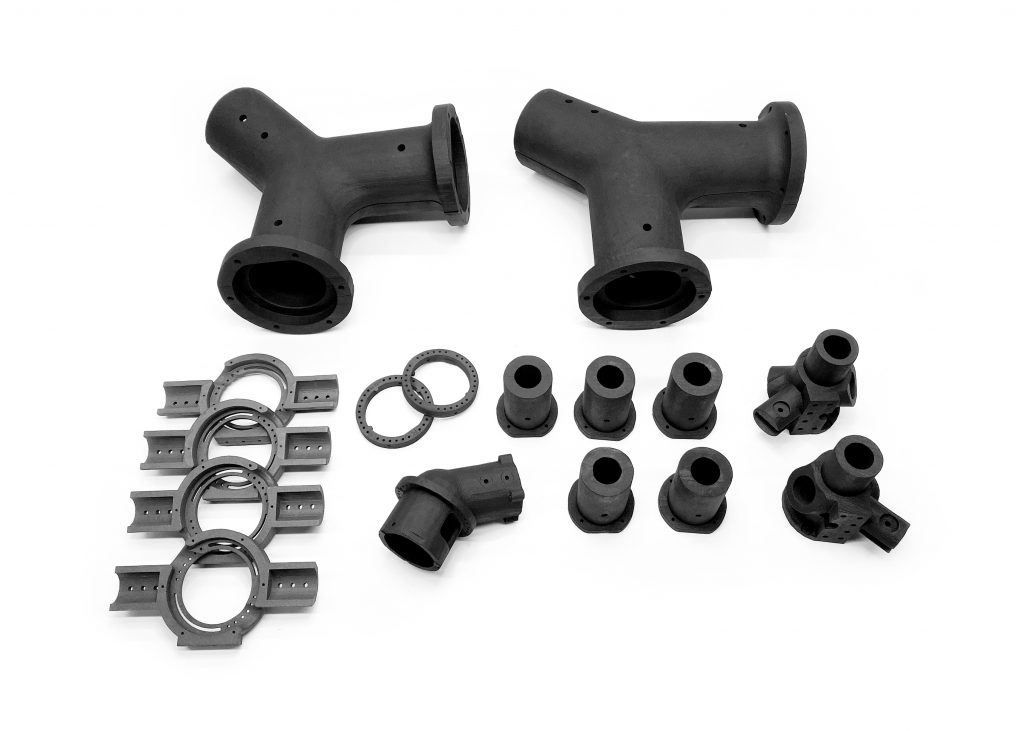
BENEFITS
- Cost effective parts
- Strength-to-weight to aluminium
- Increased payloads and flight ratings
- Rapid engineering change response time
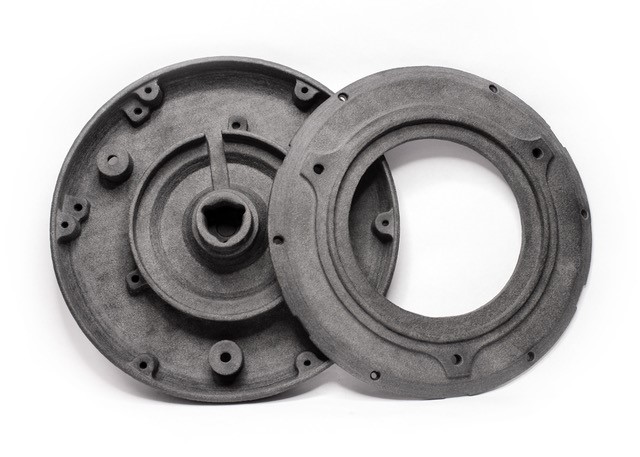
Aerospace and Defence spare parts
BENEFITS
- Improves fleet readiness levels
- Provides supply chain security
- Lowers sustainment costs
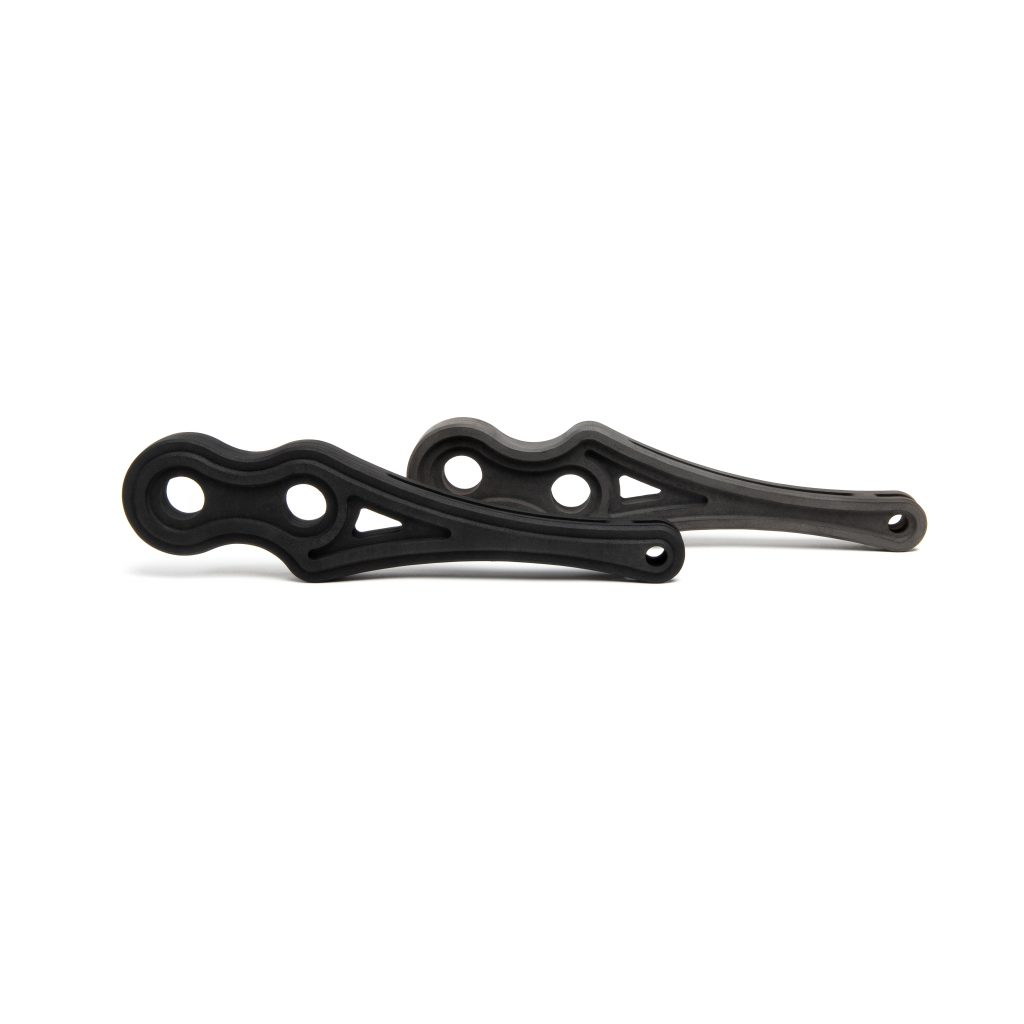
Industrial parts
- Oil, gas and energy related components including:
- Enclosure cases and caps
BENEFITS
- PEEK material has continuous use temperatures up to 240⁰C
- Excellent chemical resistance
- Good fatigue resistance and impact strength
- Self-aligning assembly features
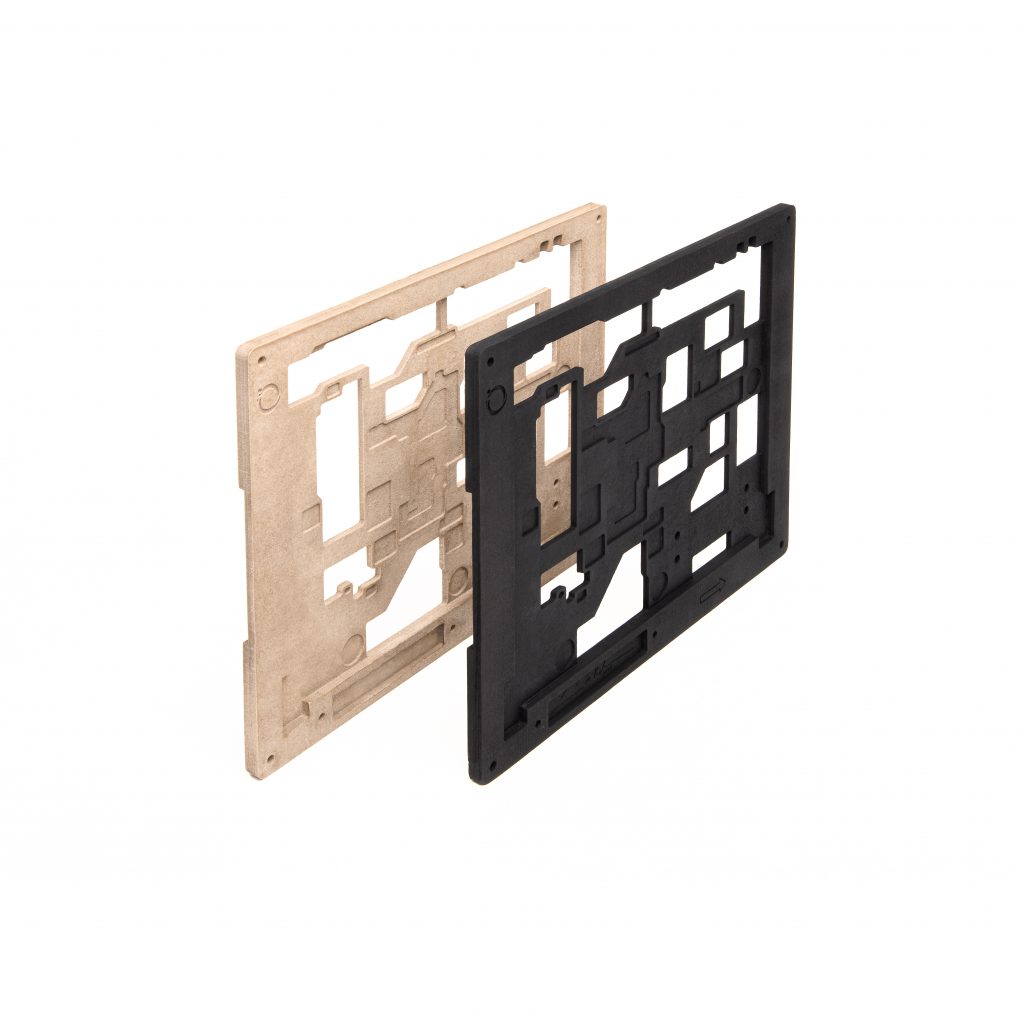
Manufacturing Tooling
- Low rate injection moulding tooling
- PCB wave solder high temperature 270⁰C tooling
- Metal forming tools
BENEFITS
- Tools in days versus weeks
- Lighter weight, half the weight of aluminium
- Tool durability
